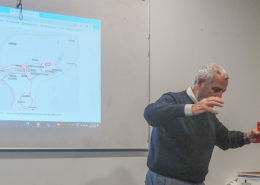 https://shapingourfuture.org.nz/wp-content/uploads/2024/03/1000006557-1.jpg
988
1737
sof-executive
https://shapingourfuture.org.nz/wp-content/uploads/2021/04/shaping-our-future-logo-rev-grey-300.png
sof-executive2024-03-25 09:36:222024-03-25 11:18:50An inspirational day with Salvadore Rueda
https://shapingourfuture.org.nz/wp-content/uploads/2024/03/1000006557-1.jpg
988
1737
sof-executive
https://shapingourfuture.org.nz/wp-content/uploads/2021/04/shaping-our-future-logo-rev-grey-300.png
sof-executive2024-03-25 09:36:222024-03-25 11:18:50An inspirational day with Salvadore RuedaOld Cromwell
NEWS
Shaping our Future (SoF) were engaged by Contact Energy to undertake community engagement with Cromwell residents to brainstorm the improvements they would like to see on the waterfront area between Butchers Drive and the Clutha and Kawerau River junction.
This was a spin off from a longer-term community vision for Lake Dunstan Charitable Trust.
Visioning workshops, held by Shaping our Future in 2022, found that the community were seriously concerned about the sediment flow of the Kawarau river. It was a hotly debated how this environmental factor was affecting the recreational use of the lake.
Through our session it concluded that this issue requires wider partner and stakeholder support to implement over time.
Lake Dunstan Charitable Trust initiate a series of projects that addresses the Kawarau Arm sedimentation issue and the marginal lakeshore area.
Contact Energy approached as a stakeholder and wanted further community engagement around the edge around Old Cromwell.
Two workshops were held on 16th April, attracting a total 48 attendees.
Participants were provided with large colour aerial images of the lake margin & foreshore land in question. They brainstormed how the land & lake margin could best be utilised to address the sedimentation effect, improve the amenity in the area and meet their wishes.
Here are some of the comments that came from that session:
- Decent jetty for boats (Old town)
- Extend wharf for fishing.
- Boat channel and access for boats some dredging (old town jetty)
- Nice green grass or beach (below old town)
- Re-establish Chinese settlement merchant shop.
- Swimming spot for kids (below Vic hotel)
- Benches on boardwalk downstream of existing pontoons.
- Natives and wetland downstream of existing pontoons
- Natives and paths below hall
- More boat/jetty/ramp at other spots round lake – McNulty is jammed.
- Move these (pontoons) to McNulty inlet.
- Pop up café (at Butcher car park)
- Greenspace and picnic area/BBQ (at Butcher car park)
- Natives & boardwalks (at Butcher car park)
Key findings
None of the participants suggested work be undertaken to try to keep the Kawarau Arm free of silt and maintain a lake environment into the future.
There was an acceptance that siltation was going to happen and that the focus should be on projects that take that transition into account and aim to minimise its impact. Wetlands, native plantings on silt areas and boardwalks over the shallow areas are examples of these. There was a strong theme to introduce more native plantings across the wider waterfront area to make the space more natural and improve the landscape amenity.
Around 130 specific comments were captured and a report drafted by Shaping our Future will help provide a direction for decision-making.

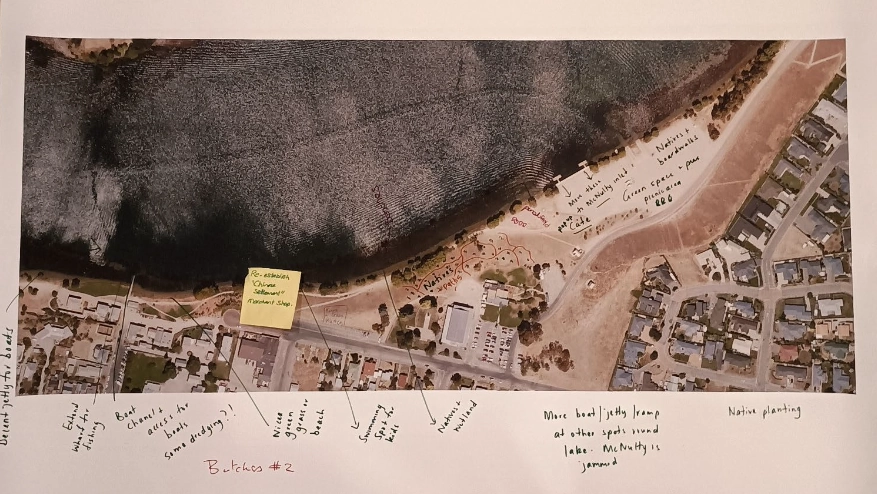
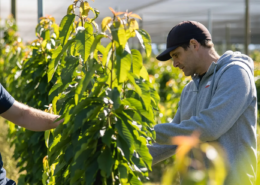
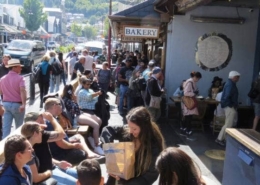 Stuff.co.nz
Stuff.co.nz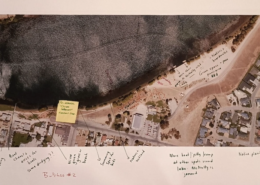


 Stuff.co.nz
Stuff.co.nz